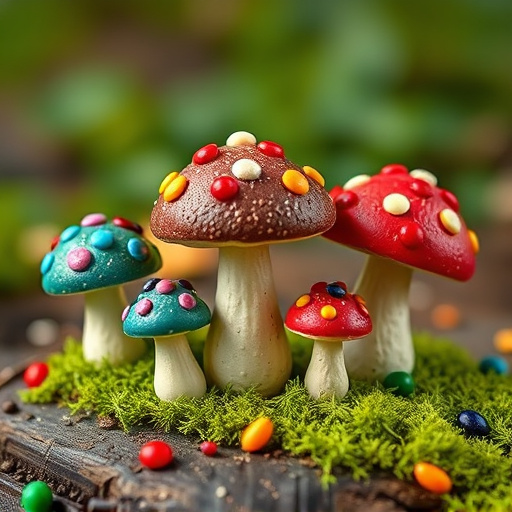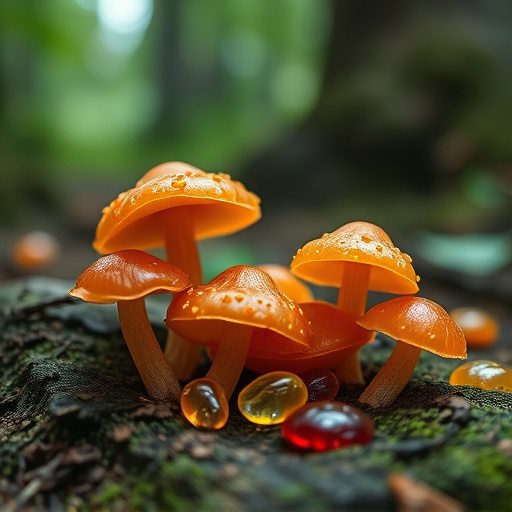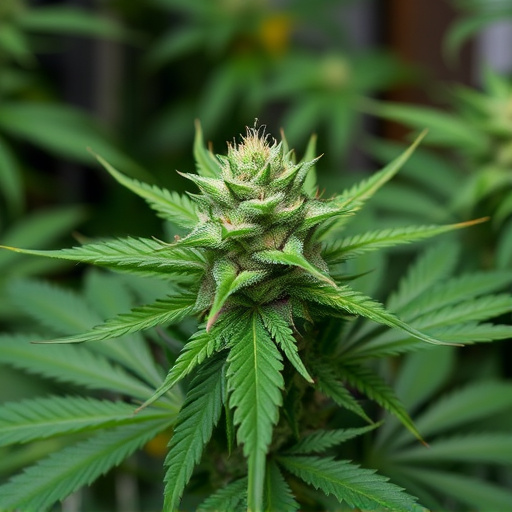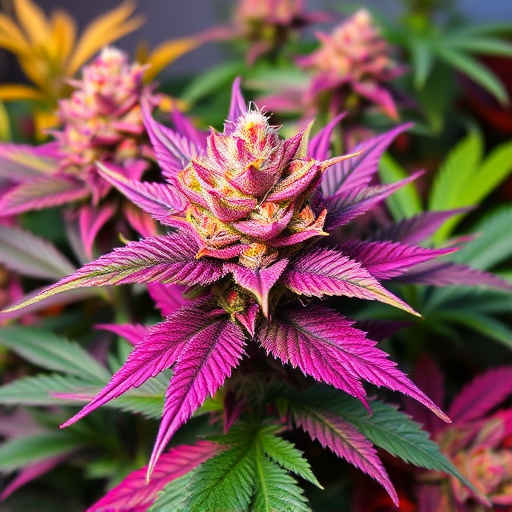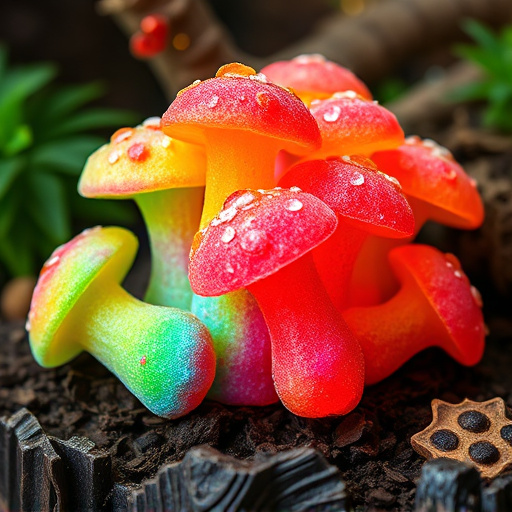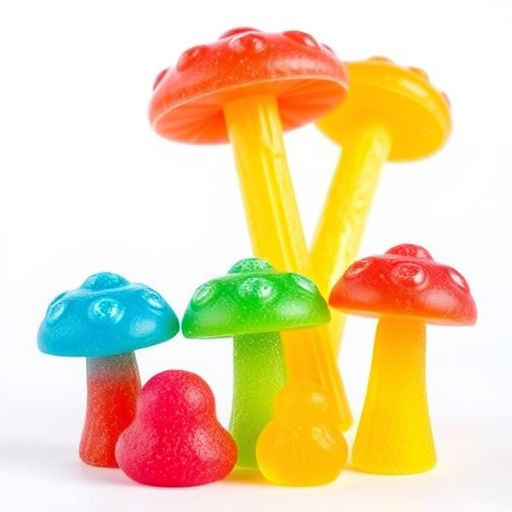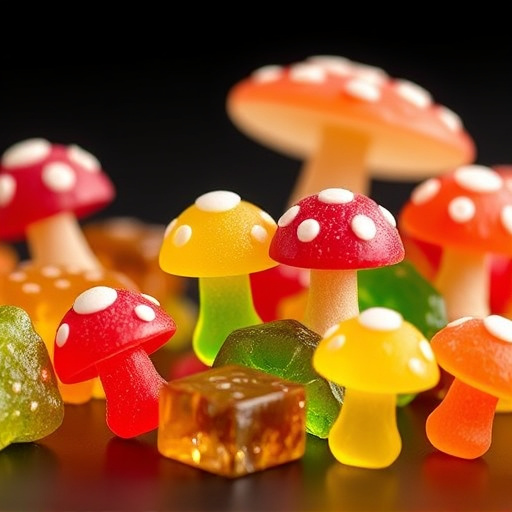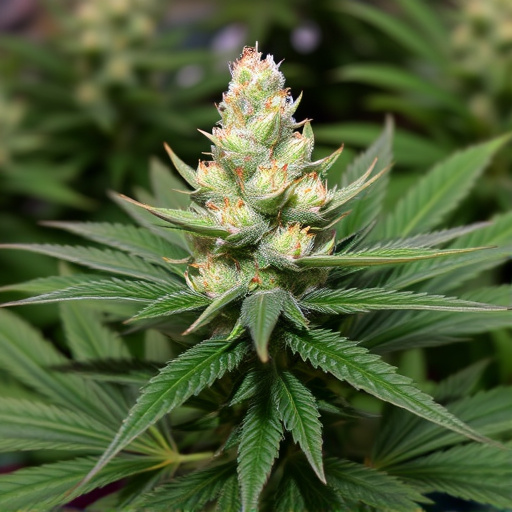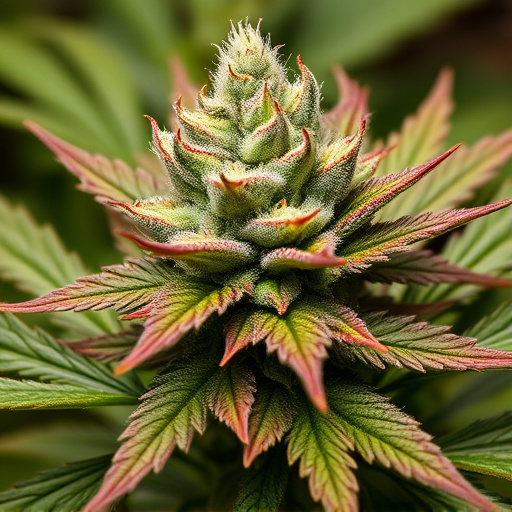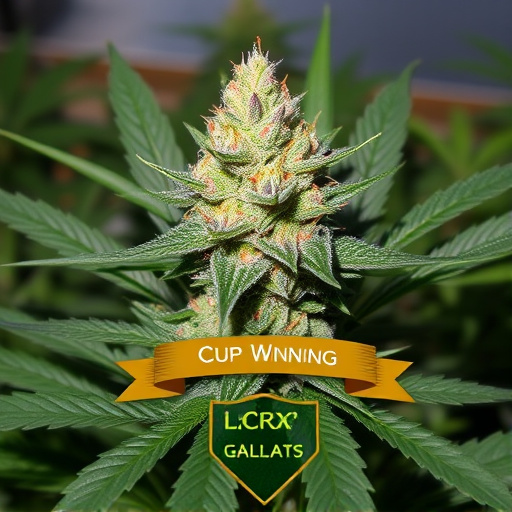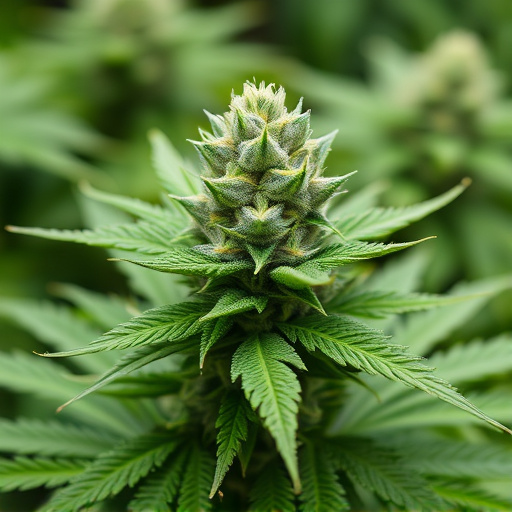Cannabis Cup-winning strains, renowned for their potent effects, have unique genetic traits contributing to longer "highs." The industry prioritizes breeding and cultivating these extended-duration strains as benchmarks. Environmental factors like soil composition, climate, and growth conditions also significantly impact high potency and duration. Individual metabolic variations further influence how people experience cannabis, with regular use potentially leading to tolerance adjustments.
Unravel the mysteries behind the duration of a cannabis high with our comprehensive guide. We explore the multifaceted factors that extend beyond personal preference, delving into genetics, environmental influences, and individual biology. From the renowned cannabis cup winning strains known for their potent profiles to the intricate interplay of soil, climate, and growth conditions, each element contributes to the unique high experienced by consumers. Prepare to embark on a journey through the science and art of cannabis consumption.
- Genetic Composition and Cannabis Cup Winning Strains
- Environmental Factors: Soil, Climate, and Growth Conditions
- Individual Metabolism and Tolerance: A Personal Journey
Genetic Composition and Cannabis Cup Winning Strains
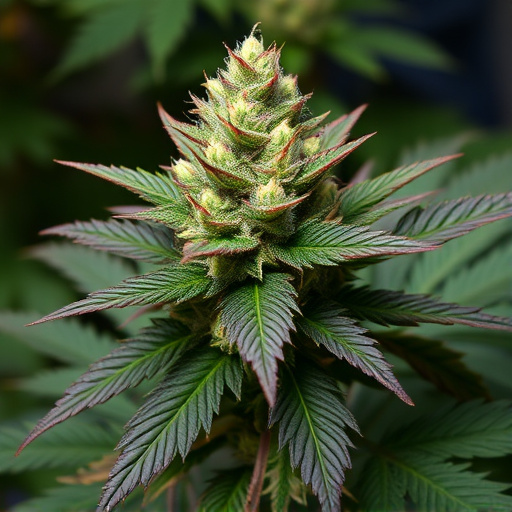
The genetic composition of cannabis plants plays a significant role in determining the duration and intensity of the “high” experienced by users. Cannabis cup winning strains, renowned for their superior effects, often possess unique genetic characteristics that contribute to longer-lasting highs. These strains are carefully cultivated and selected for their ability to deliver specific sensory experiences, including prolonged euphoria and cognitive enhancement.
The cannabis industry’s recognition of these traits has led to a growing emphasis on breeding and cultivating strains with extended high durations. Cannabis cup winners, in particular, serve as the benchmark for excellence, inspiring breeders to explore new genetic combinations and hybridization techniques. As a result, consumers have access to a diverse range of cannabis varieties, each offering distinct high profiles tailored to individual preferences and desired effects.
Environmental Factors: Soil, Climate, and Growth Conditions
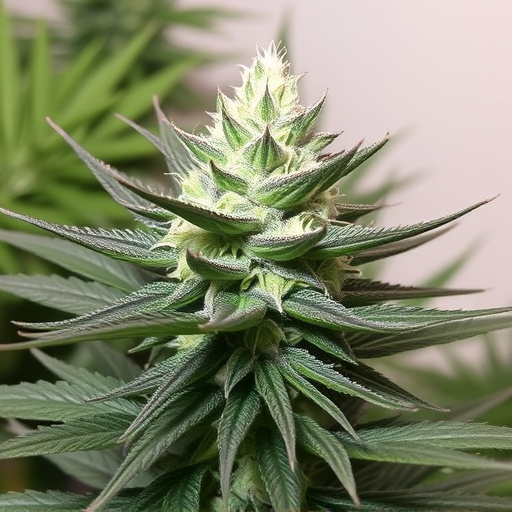
The environment in which cannabis plants are grown plays a significant role in shaping the duration and intensity of the high experienced by users. Soil composition and quality are key factors; nutrient-rich, well-drained soil promotes robust plant growth and can enhance the concentration of desirable compounds like terpenes and cannabinoids. Climate conditions, including temperature, humidity, and sunlight exposure, also impact cannabis chemistry. For instance, cooler temperatures can lead to a higher concentration of THC, while warmer climates may favor the production of more CBD.
Additionally, growth conditions such as growing medium (soil vs. hydroponics), lighting, and ventilation affect plant physiology and final product characteristics. Studies have shown that outdoor-grown cannabis cup winning strains often exhibit longer-lasting highs due to varied and natural environmental stimuli compared to indoor cultivation methods. This further underscores the profound influence of environmental factors on not just the quality but also the duration of cannabis experiences.
Individual Metabolism and Tolerance: A Personal Journey
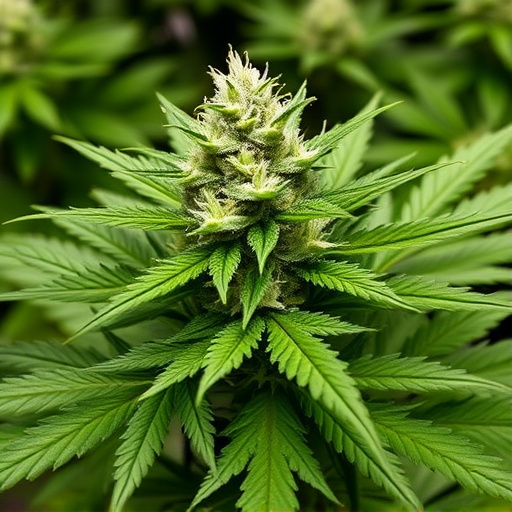
Every individual’s experience with cannabis is unique, and a significant factor in this variation is metabolism. Our bodies metabolize cannabis compounds differently, largely due to variations in enzymes like FAAH (fatty acid amide hydrolase) and CB1 receptors. These differences can impact how long a user feels the effects of cannabis, known as the “high” duration.
For instance, some individuals with a faster metabolism might experience a quicker onset but a shorter-lived high, while those with a slower metabolism may have a more prolonged sensory experience. This is where tolerance comes into play; regular users can build up a tolerance to cannabis, which can alter their perceived high duration and intensity over time. Cannabis cup winning strains, known for their potent profiles, might offer longer highs for some, but individual variations in metabolism still hold sway over the overall experience.
Cannabis high duration is a multifaceted topic influenced by genetic composition, environmental factors, and individual metabolism. Understanding these elements, such as exploring the unique properties of cannabis cup winning strains, can help users anticipate and optimize their experiences. Environmental conditions like soil quality and climate play a significant role, as do personal factors like metabolism and tolerance. By considering these aspects, cannabis enthusiasts can navigate and enjoy their high more effectively.
